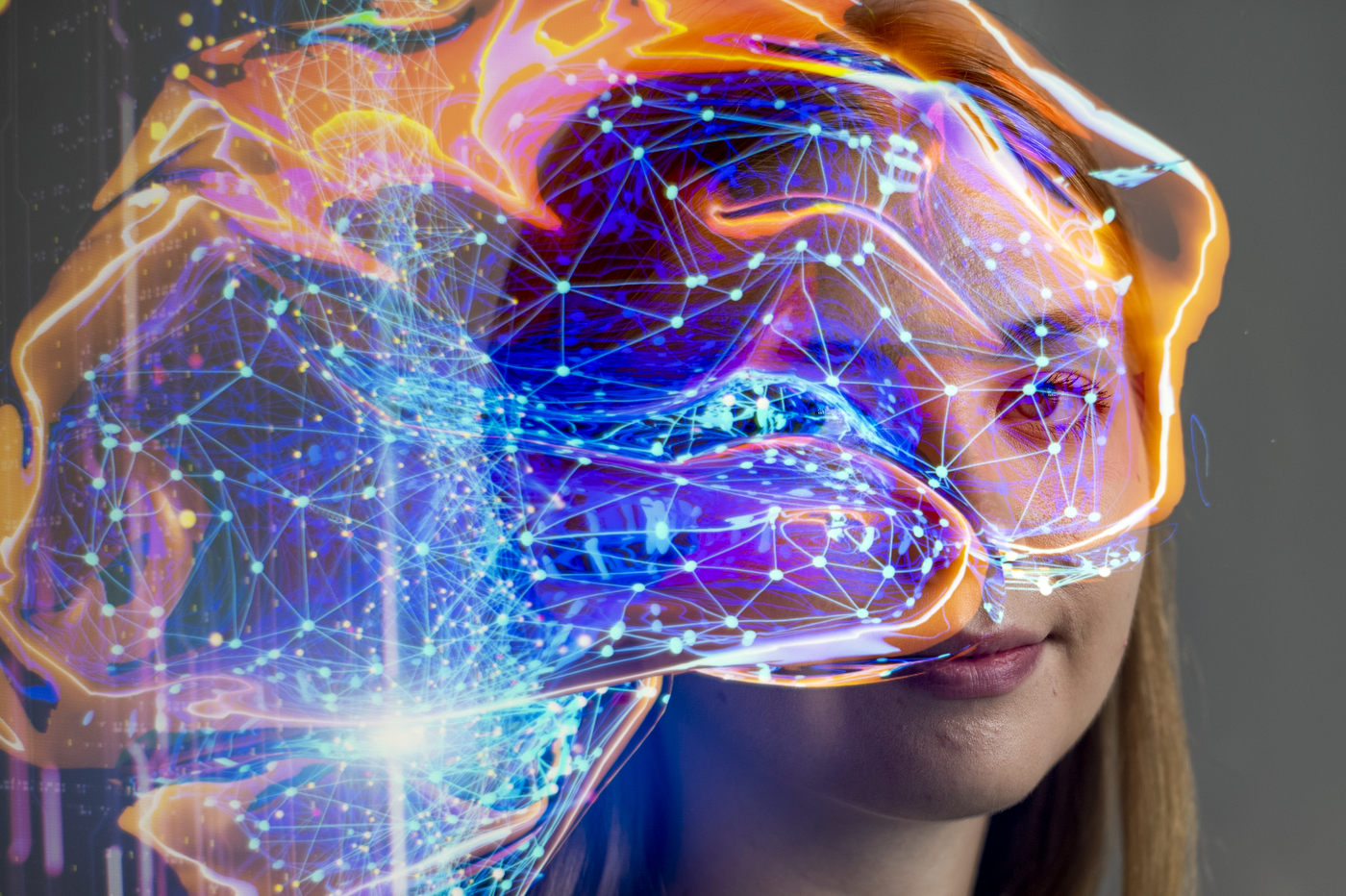She’s researching whether brain wave stimulation can slow Alzheimer’s

Justyna Stukin, who starts the fourth year of her behavioral neuroscience major in the fall, first learned about transcranial magnetic stimulation in class and became fascinated by the little-known procedure. Currently used to treat depression, TMS uses electromagnets to stimulate different parts of the brain. Researchers are hoping it can also slow the progress of Alzheimer’s disease, a type of dementia marked by memory loss. Stukin jumped at the chance to learn more at a co-op researching alternative uses for TMS at the Berenson-Allen Center for Noninvasive Brain Stimulation at Beth Israel Deaconess Medical Center in Boston.

Justyna Stukin, a behavioral neuroscience major, poses for a portrait in ISEC on Tuesday, June 29, 2021. Stukin worked at the Berenson-Allen center for non-invasive brain treatment, learning how to use a trans magnetic stimulator. The device, which looks like a solid figure eight, is used to treat depression and could help slow the progress of Alzheimers disease. Photo by Alyssa Stone/Northeastern University
Can you explain what the transcranial magnetic stimulation entails?
The main piece of equipment is an electromagnetic coil encased in plastic. It looks like a figure eight and emits a painless magnetic pulse. A technician applies the coil to specific parts of the brain depending on what they are treating. For example, depression impacts the prefrontal cortex, so the coil is placed there for that treatment.
Did you get a chance to try the treatment or experience what it feels like?
No, but I’m actually really curious how it feels. There’s definitely like a physical sensation to it. It’s hard to describe, but from what I’ve heard it’s maybe like a tapping on your head. I also wonder how it feels just having the stimulation—if you can notice in your brain that it’s happening.
Did you ever operate the TMS device on someone else?
I was focused on research, so I never treated any of the patients, but I did operate the device. There was a lot of intensive training involved before I was able to do that.
How can you tell the device is impacting the brain?
Something we do every time is find the person’s resting motor threshold. So we basically use TMS on a part of the brain that is responsible for your finger twitching, and we stimulate that area until we can see a finger twitch. And we use that to figure out what a safe level of stimulation is.
You can make someone’s finger involuntarily move with electromagnets?
Yes, and the amount of electromagnetic stimulation necessary to make that happen is different for different people. So that was also very interesting, that it varies so much from person to person, and even day to day on the same person.
What kind of research did you work on?
There were three projects. One was looking at how language systems form in the brain. We’re looking at whether the motor system is more important or whether the part of your brain that produces speech is more important. The second study is looking at cognitive aging in cognitively unimpaired people. So people who don’t have a diagnosis of Alzheimer’s or any sort of dementia, we’re seeing how their brain ages and how active it is with TMS. The last study is basically the same thing, but focused on people with Type 2 diabetes, because diabetes can be a risk factor for Alzheimer’s or dementia.
How do you collect the data for those projects?
For research purposes we usually use an electroencephalogram cap that detects the brain’s electrical activity using small, metal discs attached to the scalp. It basically allows you to read brain signals, and it can give you a lot of data and tell you which parts of the brain are more active at different times depending on where you focus the TMS coil.
What was a major lesson or takeaway from this experience?
I think that, especially in research, nothing is one dimensional. Everything has a ton of applications. And it’s really a good idea to go into the process with an open mind and see everything that you can gather and not just, you know, focus on the one thing that was listed on the job posting or whatever. There really is a ton of opportunity in every field, but especially in TMS.
For media inquiries, please contact media@northeastern.edu.





